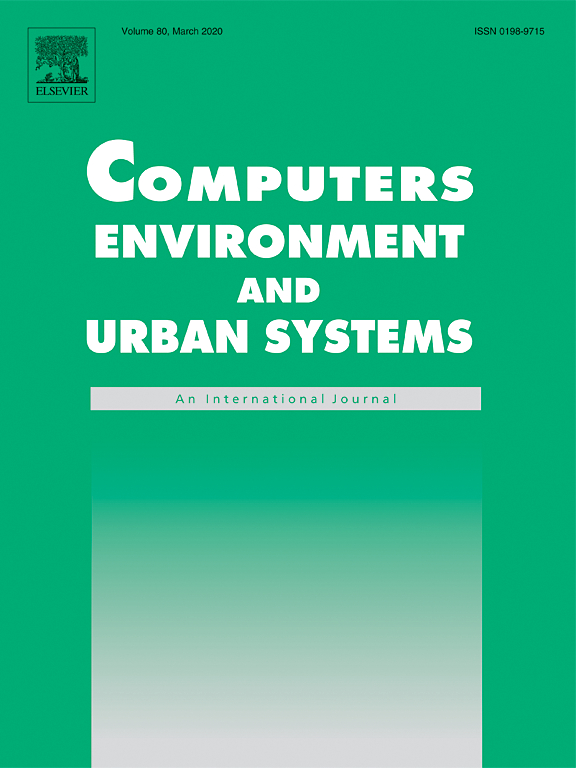Future access to essential services in a growing smart city: The case of Surrey, British Columbia

Abstract
The concept of accessibility – the ease with which people can reach places or opportunities –lies at the heart of what makes cities livable, workable and sustainable. As urban populations shift over time, predicting the changes to accessibility demand for certain services becomes crucial for responsible and ‘smart’ urban planning and infrastructure investment. In this study, we investigate how projected population change could affect accessibility to essential services in the City of Surrey, one of the fastest growing cities in Canada. Our objectives are two-fold':' first, to quantify the additional pressure that Surrey's growing population will have on existing facilities; second, to investigate how changes in the spatial distribution of different age and income groups will impact accessibility equity across the city. We evaluated accessibility levels to healthcare facilities and schools across Surrey's multimodal transport network using origin-destination matrices, and combined this information with high-resolution longitudinal census data. Paying close attention to two vulnerable population groups – children and youth (0–19 years of age) and seniors (65+ years of age) – we analyzed shifts in accessibility demand from 2016 to 2022. The results show that population growth both within and outside the catchments of existing facilities will have varying implications for future accessibility demand in different areas of the city. By 2022, the city's hospitals and walk-in clinics will be accessible to ~9000 and ~124,000 more people (respectively) within a predefined threshold of 30 min by public transport. Schools will also face increased demand, as ~8000 additional children/youth in 2022 will move to areas with access to at least half of the city's schools. Conversely, over 27,000 more people – almost half of them seniors – will not be able to access a hospital in under 30 min by 2022. Since low-income and senior residents moving into poorly connected areas tend to be more reliant on public transport, accessibility equity may decline in some rural communities. Our study highlights how open-source data and code can be leveraged to conduct in-depth analysis of accessibility demand across a city, which is key for ensuring inclusive and ‘smart’ urban investment strategies.